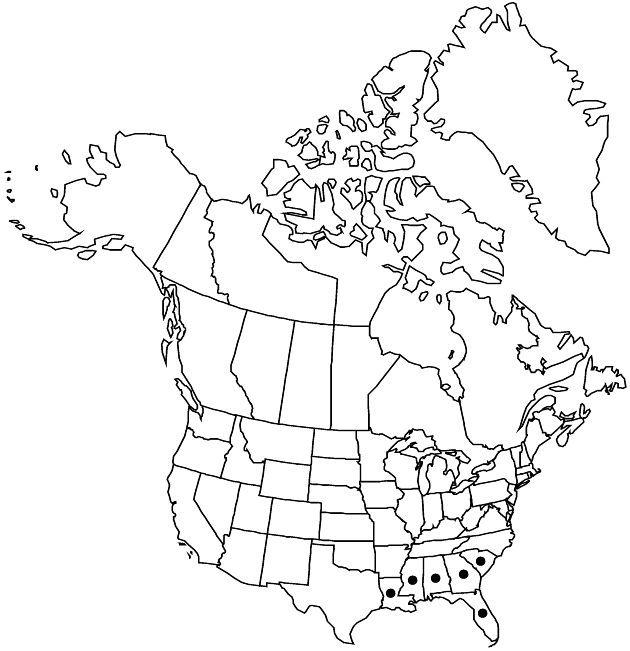Difference between revisions of "Elephantopus elatus"
Mem. Reale Accad. Sci. Ist. Bologna 2: 607. 1850.
Treatment appears in FNA Volume 19. Treatment on page 203.
FNA>Volume Importer |
FNA>Volume Importer |
||
| Line 46: | Line 46: | ||
|publication year=1850 | |publication year=1850 | ||
|special status= | |special status= | ||
| − | |source xml=https://jpend@bitbucket.org/aafc-mbb/fna-data-curation.git/src/ | + | |source xml=https://jpend@bitbucket.org/aafc-mbb/fna-data-curation.git/src/8f726806613d60c220dc4493de13607dd3150896/coarse_grained_fna_xml/V19-20-21/V19_242.xml |
|tribe=Asteraceae tribe Vernonieae | |tribe=Asteraceae tribe Vernonieae | ||
|genus=Elephantopus | |genus=Elephantopus | ||
Revision as of 15:10, 18 September 2019
Plants (1–)6–7+ dm. Leaves mostly basal at flowering; blades oblanceolate, 9–14(–20+) cm × 20–35(–45+) mm (including petioles), abaxial faces pilose to hirsute, adaxial sparsely pilose to hirsute. Bracts rounded-deltate to lance-deltate, 8–12+ × 6–8+ mm. Inner phyllaries 6–8 mm, ± densely strigose to villous, hairs (0.3–)0.5–1 mm. Cypselae 3–3.5 mm; pappi 3–4 mm. 2n = 22.
Phenology: Flowering Aug–Sep.
Habitat: Open or shaded, dry to wet places in pine forests and mixed forests, usually on sandy soils
Elevation: 0–50 m
Distribution

Ala., Fla., Ga., La., Miss., S.C.
Discussion
Selected References
None.
Lower Taxa
None.